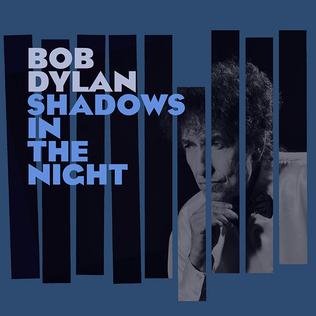But a fiftieth anniversary is a big deal—just ask the Stones—so only twenty years after their thirtieth anniversary box set, the Beach Boys issued 50 Big Ones on two CDs, and put out a new box set with six CDs, which you’ll notice is one higher than the last one. As they’d recorded precious little material in those two intervening decades, that means the balance is made up of “60 unreleased tracks”. (No points for guessing that this total includes live versions and alternate mixes, some contemporary, some from this century.)
Yet Made In California doesn’t merely inflate the sequence of the previous box. That format has been ignored, they’ve started from scratch, included some songs that weren’t on the first and ignored some that were. So yes, you have to have both, and that’s the law.
The story is still chronological through the first four discs and part of the fifth. Naturally we start with songs about surfing and cars (thanks for “Surfers Rule”, no thanks for “Ballad Of Ole Betsy”), complete with session chatter, and that means Murry Wilson haranguing the kids on how to craft a hit. By the end of the first disc, Brian has started to run the show and write more “mature” music with lyrics to match, and that develops on the disc two; however, the splendor of “California Girls” and “Let Him Run Wild” has to distract from the likes of “Salt Lake City” and “Amusement Parks U.S.A.” Five of the best songs from Pet Sounds set up “Good Vibrations” and a smattering of Smile material, including “Mrs. O’Leary’s Cow”, but using the Smiley Smile version of “Wonderful”.
From there, the value is solely in the ears of the listener, and how one feels about the rest of their career. Disc three starts well with “Darlin’”, to take out the rest of the ‘60s, moving through various album tracks and shoulda-beens unearthed in the ‘90s (“Sail Plane Song”, “Soulful Old Man Sunshine”, f’rinstance) up through “‘Til I Die” and “Surf’s Up”. Disc four covers the ‘70s, and like disc three, also pays more attention to Dennis and Carl than the other box did, but where the hell is “Long Promised Road”?
The first ten tracks on disc five cover 1980 through the present, including two decent outtakes from an unfinished 1995 album and, yes, “Kokomo”. Then it’s a wild stretch through live recordings spanning three decades (nothing from the ‘80s) proving that they could always put on a decent show. And just to stay with the pattern, disc six (“From The Vaults”) offers up even more alternate takes, backing tracks, a cappella mixes, etc. Some of this could be considered historic, like “Where Is She” and the backing track for Glen Campbell’s “Guess I’m Dumb”, and some of it is sad, like “Sherry She Needs Me”, a 1965 backing given an raspy 1976 Brian vocal, or “You’ve Lost That Lovin’ Feeling”. And since they amazingly hadn’t exploited it yet, there are even a few BBC sessions.
There are enough “new” things on Made In California to entice the Wilson obsessive, but one wonders whether such a package would be better served as a standalone collection of goodies as opposed to yet another grab-the-newbies-too career-spanning box with all the hits everybody should have already. And if you’re nervous as to what they’ll do for the 75th anniversary, maybe CDs won’t exist in 2038.
The Beach Boys Made In California (2013)—3½







